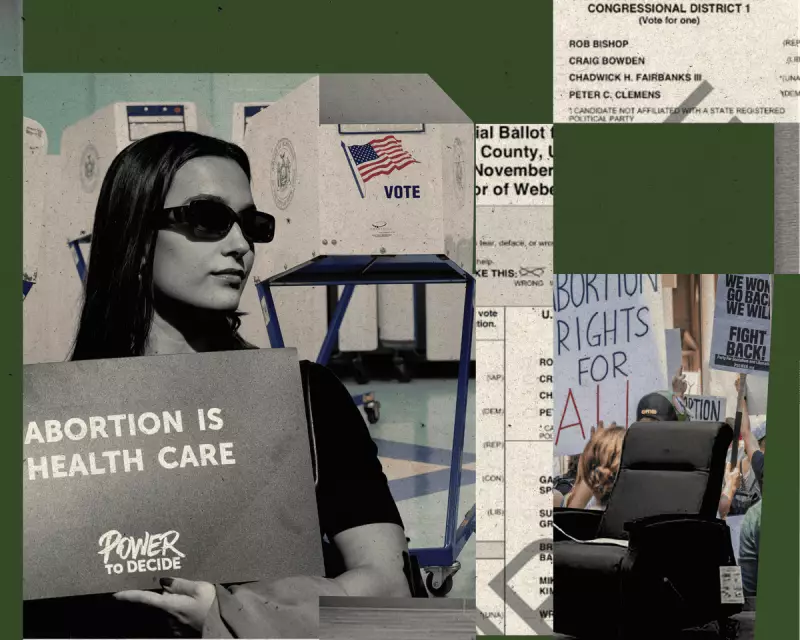
The 2025 US election represents a watershed moment for reproductive rights, with the future of abortion access hanging in the balance across multiple states. Two years after the Supreme Court's landmark decision to overturn Roe v Wade, American voters are preparing to cast ballots that could fundamentally reshape the abortion landscape nationwide.
The State-by-State Battlefield
Several key states have emerged as critical battlegrounds where abortion rights could be expanded, restricted, or cemented into state law. Voters in multiple jurisdictions will directly decide on ballot measures that could override existing legislation and establish new constitutional protections.
In Florida, a proposed constitutional amendment seeks to protect abortion access up to approximately 24 weeks of pregnancy, challenging the state's current 15-week ban. The outcome here could have ripple effects throughout the southeastern United States, where Florida currently serves as a regional access point for abortion services.
Arizona's High-Stakes Contest
Arizona finds itself at the epicentre of the abortion debate, with competing measures vying for voter approval. One proposal aims to establish a fundamental right to abortion, while opponents seek to implement stricter limitations. The political climate remains volatile, with recent court decisions adding further complexity to an already contentious landscape.
The National Political Context
Beyond state-level initiatives, the election outcomes will significantly influence the direction of federal abortion policy. Congressional races could determine whether national legislation protecting or restricting abortion access becomes feasible in the coming years.
The presidential election adds another layer of significance, as the next administration will likely appoint federal judges and potentially Supreme Court justices who could hear future challenges to state abortion laws.
Voter Mobilisation and Public Sentiment
Recent polling indicates that abortion remains a primary concern for voters across the political spectrum. Advocacy groups on both sides have invested unprecedented resources in voter registration and turnout efforts, recognising that low-propensity voters could prove decisive in close contests.
Since the Supreme Court's Dobbs decision returned abortion regulation to the states, nearly twenty states have implemented significant restrictions or near-total bans. However, in every state where abortion has appeared directly on the ballot since 2022, voters have consistently chosen to protect or expand access.
What's at Stake for Healthcare
Medical professionals and healthcare organisations have voiced concerns about the broader implications of abortion restrictions on maternal healthcare. Several states with strict bans have seen obstetricians and gynaecologists relocate to states with more protective laws, creating potential 'maternity care deserts' in some regions.
The election outcomes will also influence access to medication abortion, which accounts for the majority of pregnancy terminations in the United States. Ongoing legal challenges to mifepristone, one of the two drugs typically used in medication abortions, could be affected by the political composition of state governments.
Looking Beyond Election Day
Regardless of the immediate outcomes, legal experts anticipate continued litigation and legislative activity surrounding abortion access. State courts will likely face challenges interpreting new constitutional amendments, while lawmakers in states with protected access may consider additional measures to safeguard providers and patients from interstate legal actions.
The 2025 election results will not only determine the immediate future of abortion access in key states but could also set the trajectory for reproductive rights in America for the next generation.





